News
EPJD Editor-in-Chief Tommaso Calarco appointed Director of Institute of Quantum Control at Peter Grünberg Institute
- Details
- Published on 27 September 2018
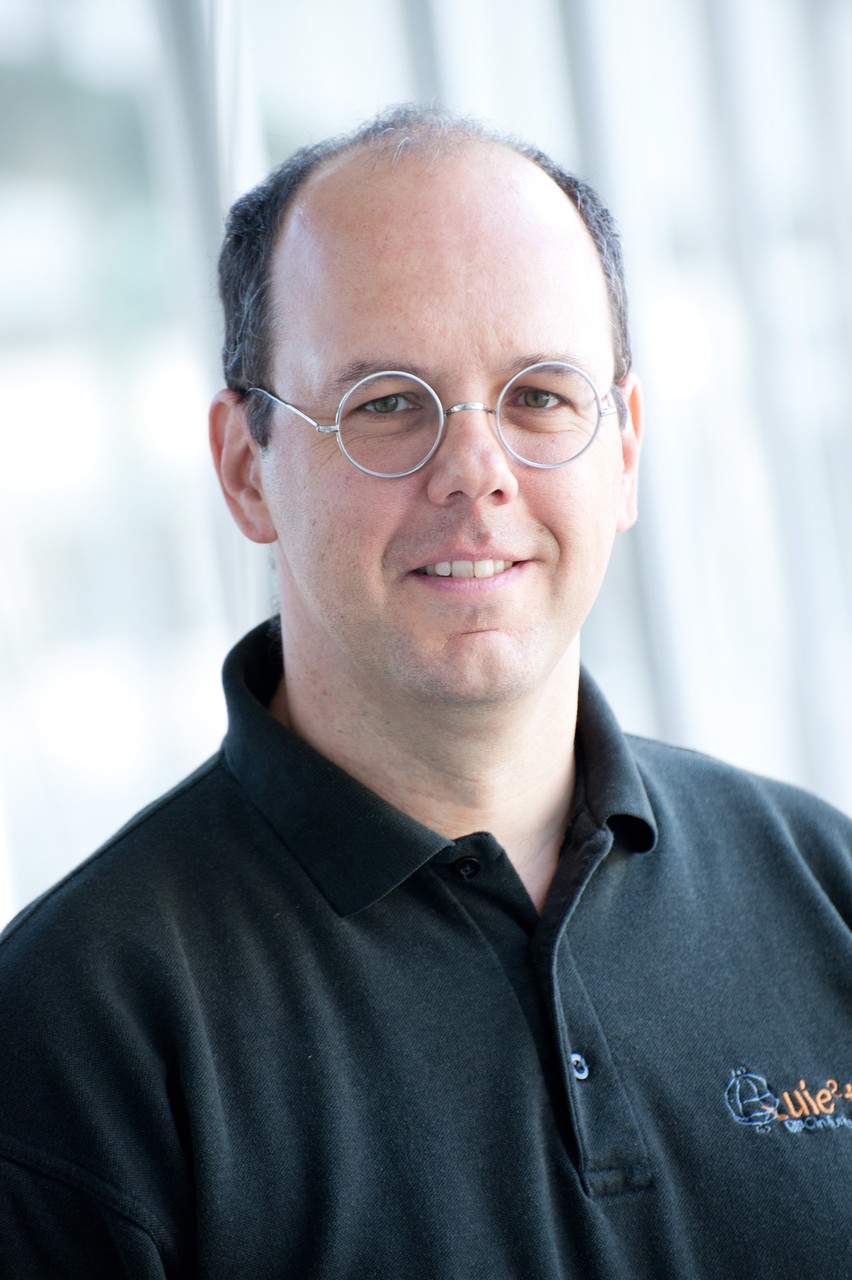
EPJ E Highlight - How lactoferrin clamps down on free roaming iron ions to stop nefarious effects on cells
- Details
- Published on 20 September 2018
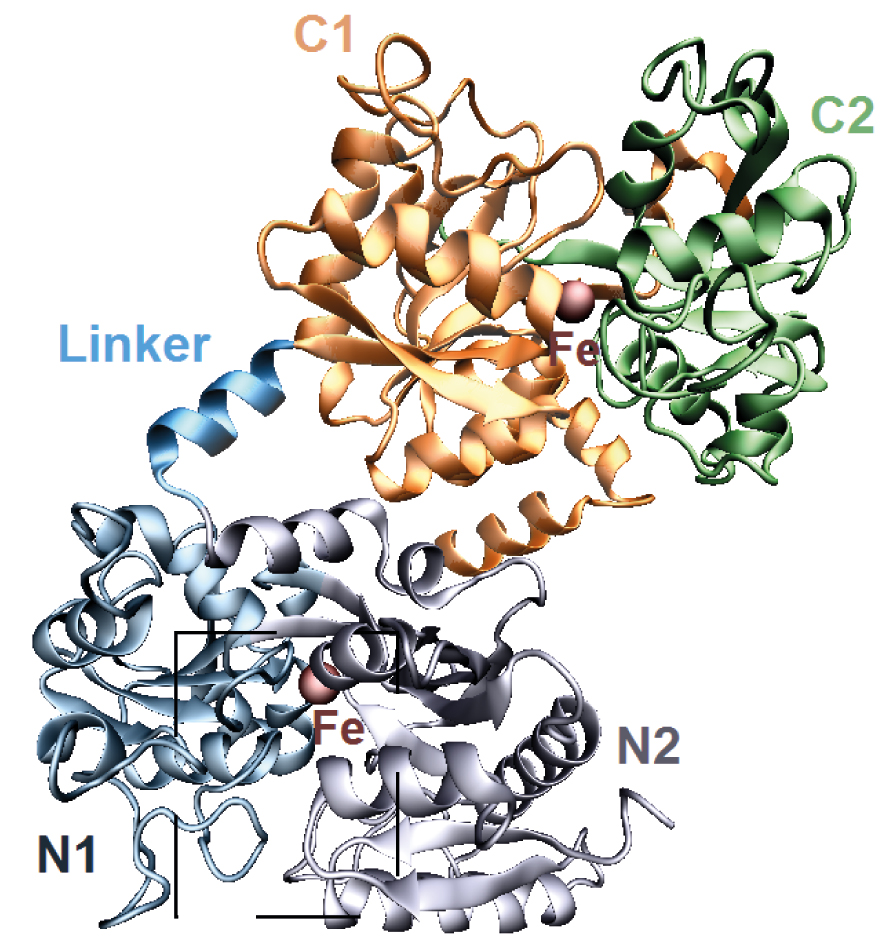
New study elucidates structure of the protein lactoferrin as it undergoes transition from an open to a closed structure to decrease the level of free iron ions in the body
What prevents our cells from being overexposed to iron ions roaming freely in the body is a protein called lactoferrin, known for its ability to bind tightly to such ions. These free ions are essential for a number of biological processes. If found in excessive quantities, however, they could cause damage to proteins and DNA in the body, sometimes even leading to cell death. This is because free iron ions lead to an increase of the concentration of reactive substances with oxidising power roaming freely in the body. This has driven scientists to develop a better understanding of how lactoferrin's structural change helps to clamp down on free iron ions. In a new study published in EPJ E, Lilia Anghel from the Institute of Chemistry in Chisinau, Republic of Moldova, and research collaborators study the changes in the structure of lactoferrin as it binds to iron ions, using combined experimental and molecular dynamics simulations.
EPJ Data Science Highlight - A model to predict Airbnb distribution in cities
- Details
- Published on 19 September 2018

The distribution of Airbnb listings has been the topic of much discussion among citizens and policy-makers, particularly in major cities. In an article published in EPJ Data Science, Giovanni Quattrone and colleagues looked into the many factors determining the spacial penetration of Airbnb in urban centers and developed a model that aims to predict this distribution in other cities. Among others, the presence of creative communities emerges as an important factor in the adoption of the housing plaftform.
(Guest post by Giovanni Quatronne, originally published on the SpringerOpen blog)
EPJ E Highlight - Better chemo drug adsorption onto targeted delivery capsules
- Details
- Published on 18 September 2018
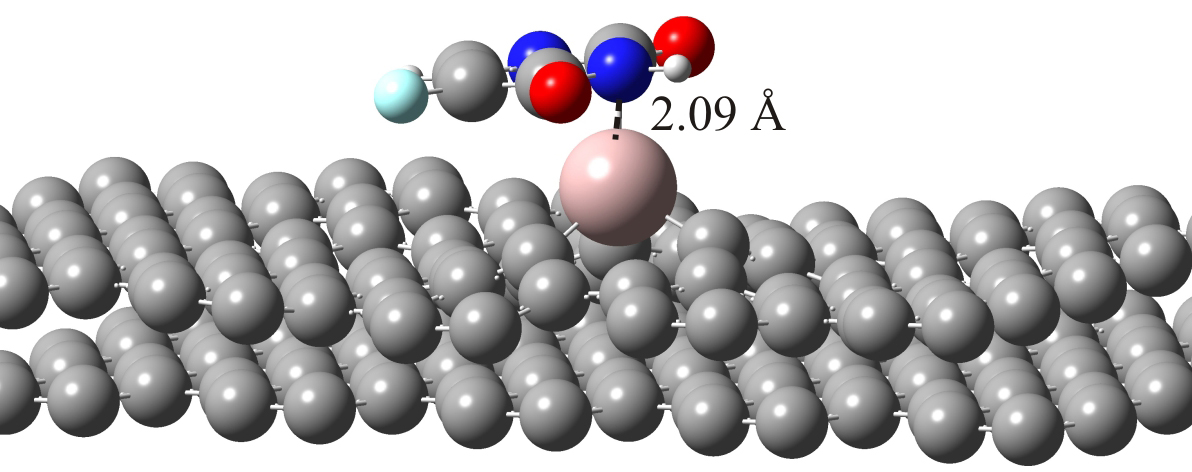
New study demonstrates adsorption of chemotherapy drugs onto active carbon delivery capsule can be enhanced with aluminium atom inclusions
The efficacy of chemotherapy treatment depends on how effectively it reaches cancerous cells. Increasing targeted delivery could mean decreasing side effects. Scientists are enhancing methods of selectively transmitting active chemotherapy agents and reducing their toxicity by encapsulating chemo drugs into active carbon used as the targeted delivery device. In a new study published in EPJ E, Gabriel Román, from the National University of the South, in Bahia Blanca, Argentina, and colleagues have demonstrated that adding minute amounts of aluminium atoms onto activated carbon atoms helps increase the adsorption onto the delivery carbon capsule of a standard chemotherapy drug, called 5-Fluorouracil (5-FU). This drug is typically used for stomach, colorectal, neck and head cancer treatments. This model could lead to more effective and convenient cancer treatments with fewer side effects by encapsulating the chemo drug into the active carbon, so that it can be taken orally.
EPJ Plus article on Microplastics highlighted for Springer Nature Grand Challenges Programme
- Details
- Published on 17 September 2018

Will the oceans be clean again? - How to search for and identify microplastics in the marine environment using digital holography.
In recent years the pollution of soil and oceans has drastically increased, affecting the food chain and consequently causing damage to plant life, contaminating fauna and damaging human health.
Among the major contaminants, microplastics play a relevant role and even though several techniques have been proposed to analyse the presence of such material in water, the overall data are largely incomplete. A group of Italian researchers (F. Merola et al.) have proposed using a non-invasive technique based on digital holography to search for and reconstruct the shape of different types of microplastics in water.
They report in the European Physical Journal Plus (EPJ Plus) how it is possible to identify different fragments of the most used types of plastic (such as PET, PVC, PP, PE and PS), which heavily contaminate the seas, and how this high-resolution technique is able to distinguish plastics from organisms such as diatoms, a major group of microalgae living in the marine environment.
EPJE Colloquium – Theories that help us understand self-assembling soft matter with strong interacting groups
- Details
- Published on 12 September 2018
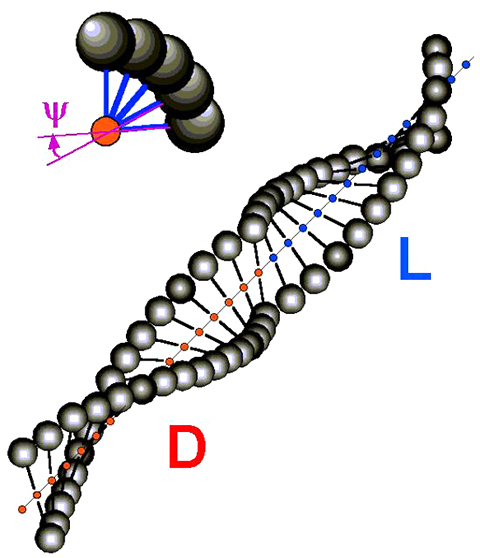
Amphiphilic molecules contain both hydrophilic and lipophilic moieties. When in solution they produce structures coming from cooperative interactions of many functional units acting in synergy. Most self-assembling soft matter systems involve strong specific interactions of functional units leading to qualitatively new structures of highly soluble micellar or fibrillar aggregates. In this EPJ E Colloquium, Nyrkova and Semenov focus on the systems with the incorporated into unimer molecules and discuss the effects of packing frustrations and unimer chirality as well as the origins of spontaneous morphological chirality in the case of achiral unimers. They describe several theoretical approaches (overcoming the limitations of weak interaction models) including the concepts of super-strong segregation, geometrical mismatch and orientational frustration. They also review some recently developed phenomenological theories of surfactant membranes and multiscale hierarchical approaches based on all-atomic modeling of packing structures of amphiphilic molecules with strongly interacting groups.
EPJ A Highlight - Solid deuterium surface degradation at ultracold neutron sources
- Details
- Published on 11 September 2018

Highest intensities of ultracold neutrons (UCN) are in worldwide demand for fundamental physics experiments. Tests of the Standard Model of particle physics and searches for physics beyond it are performed with UCN.
Two of the leading UCN sources, at PSI and at LANL, are based on solid deuterium (sD2) at temperatures around 5 K. Here, together with NCSU they joined forces to understand UCN intensity decreases observed during pulsed neutron production. The study shows that the decrease can be completely explained by the build-up of frost on the sD2 surface during operation. Pulsed proton beams hitting the spallation targets generate heat pulses causing cycles of D2 sublimation and subsequent resublimation on the sD2 surface. Even very small frost flakes can act as total reflectors for UCN and cause an intensity decrease.
EPJ Plus Focus Point - Systems and Security: Advanced Methods with Chaos and Complexity
- Details
- Published on 05 September 2018

Complexity, as far as information theory is concerned, plays an important role in extracting the amount of uncertainty in dynamics. Several entropy-based measurements have been successfully implemented to quantify the divergence of a system. Uncertainty also plays an effective role, in the field of cryptography, in generating secret keys and to design the most secure model. Recently, real applications have been implemented considering the effect of dynamical complexity, in the field of optical communications, using semiconductor lasers. This EPJ Plus Focus Point edited by Santo Banerjee is a collection of research articles based on the recent developments of communication schemes using chaos and dynamical complexity. The results have been implemented with dynamical models, circuit design, complex networks along with their applications in image, video and optical communications.
EPJ E Review - Making sense of particles at fluid interfaces
- Details
- Published on 31 August 2018
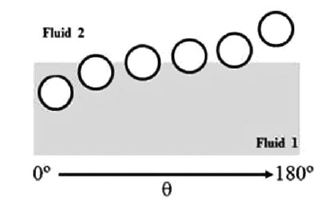
In this EPJ E Topical Review, Armando Maestro and colleagues unravel the physico-chemical bases underlying the attachment of particles to fluid interfaces. Their focus is on the relaxation mechanisms involved in the equilibration of particle-laden interfaces.
Particle-laden interfaces play a key role in many systems that are used in industrial and technological applications, such as the stabilization of foams, emulsions, or thin films, flotation processes, encapsulation, pharmaceutical formulations, food technology and catalysis.
EPJ D Highlight - Producing hydrogen from splitting water without splitting hairs
- Details
- Published on 22 August 2018
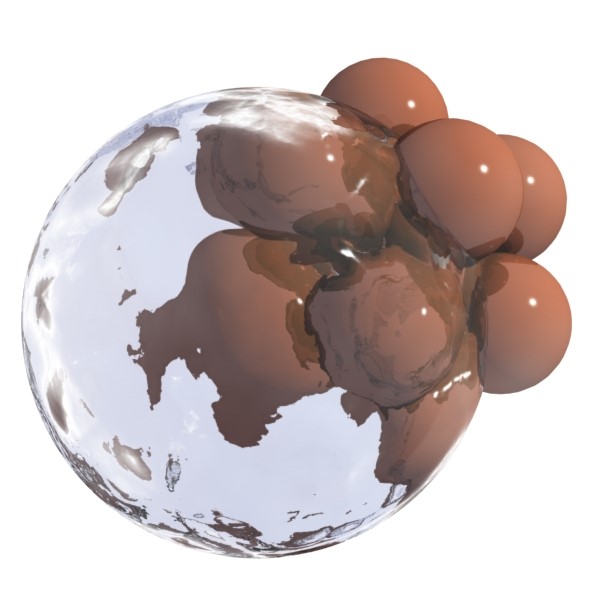
New model explains interactions between small copper clusters used as low-cost catalysts in the production of hydrogen by breaking down water molecules
Copper nanoparticles dispersed in water or in the form of coatings have a range of promising applications, including lubrication, ink jet printing, as luminescent probes, exploiting their antimicrobial and antifungal activity, and in fuel cells. Another promising application is using copper as a catalyst to split water molecules and form molecular hydrogen in gaseous form. At the heart of the reaction, copper-water complexes are synthesised in ultra-cold helium nanodroplets as part of the hydrogen production process, according to a recent paper published in EPJ D. For its authors, Stefan Raggl, from the University of Innsbruck, Austria, and colleagues, splitting water like this is a good way of avoiding splitting hairs.




